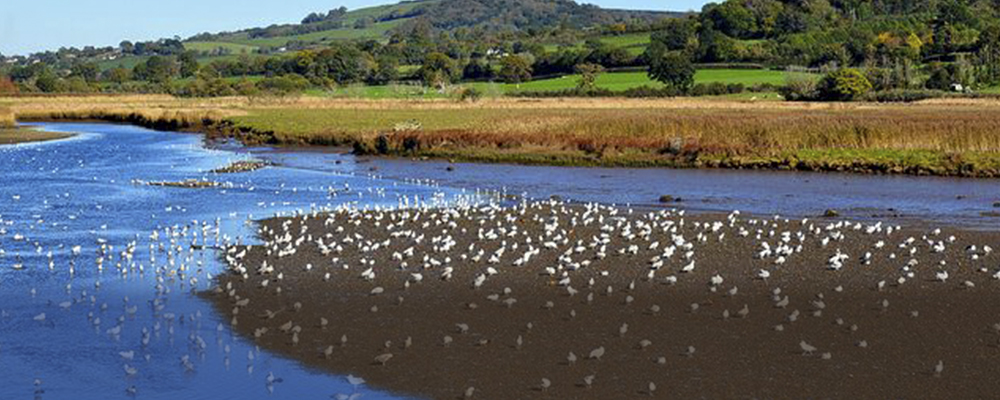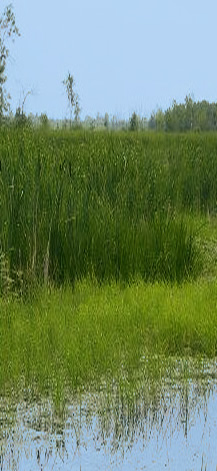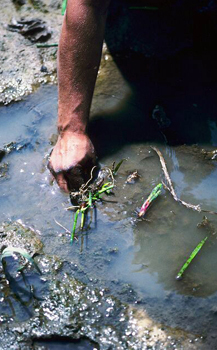
Seeds can be difficult to handle, distribute, and secure in place once
delivered — particularly if the target surface is or may become inundated with water. The result? Yields of plants grown from seed can be low, or the distribution and coverage of plant material may not meet expectations.

It can be difficult to control the application rate at which seeds are distributed because the volume of wetland seeds is often very small compared to the area over which they need to be applied.
Mechanized methods of dispersing seeds are often not viable options in a wetland environment because, unlike in upland environments, vehicles often cannot gain access to areas to be seeded.
The seeds of many wetland plant species are very small, making it difficult to confirm after they have been applied that they have reached their intended destination.
Wind and water can complicate the distribution of seeds. Seeds are prone to blowing or floating away as they are sown or after they reach the substrate.
Seeds may be prone to herbivory by birds and other animals.
Growing wetland plants in a controlled environment and then transplanting these live plants into the target wetland setting is an alternative to establishing plants from seed. But this method is costly, logistically complex, time consuming, and difficult to execute on a large scale.
Growing plants in a greenhouse requires long lead times, is constrained by availability of greenhouse space, is expensive, and may not be possible year round.
Transporting live plants is costly and can be logistically complex.
Care of plants on-site can be both labor intensive and complex depending upon the availability of water.
Installing live plants is time consuming, physically demanding, and disruptive to the substrate.
New plants may be prone to herbivory by birds and other animals before they have an opportunity to take root.
